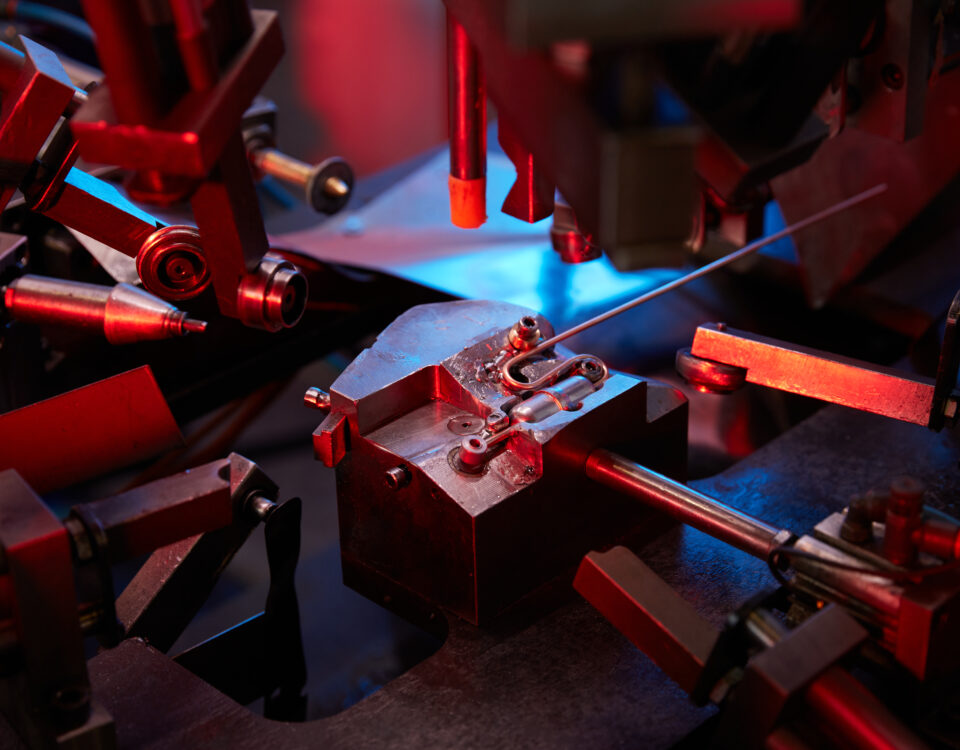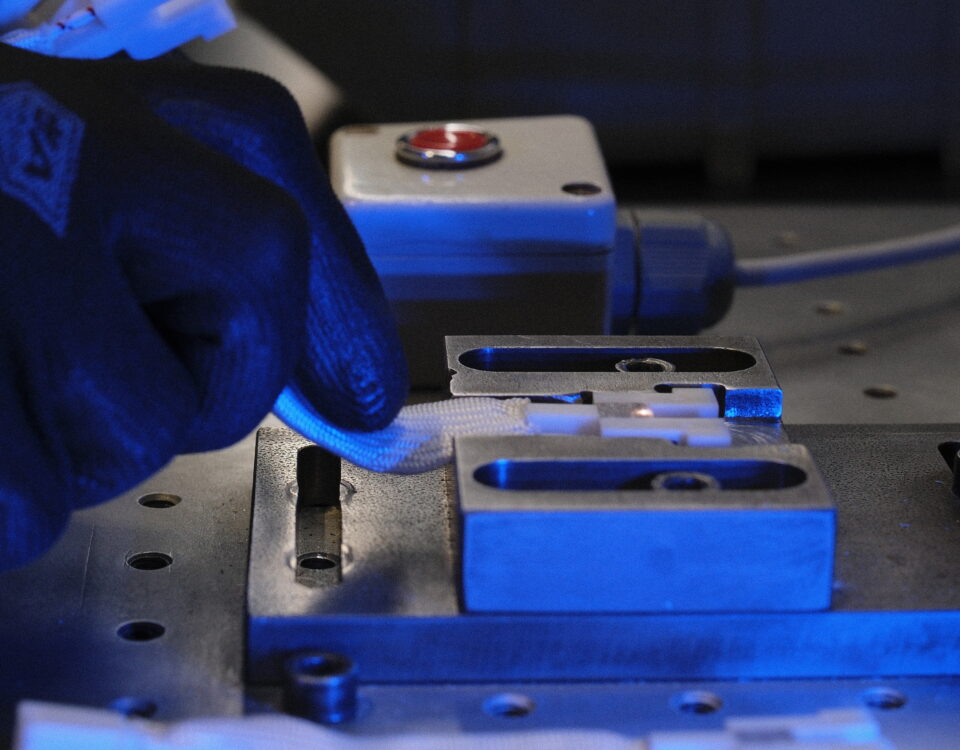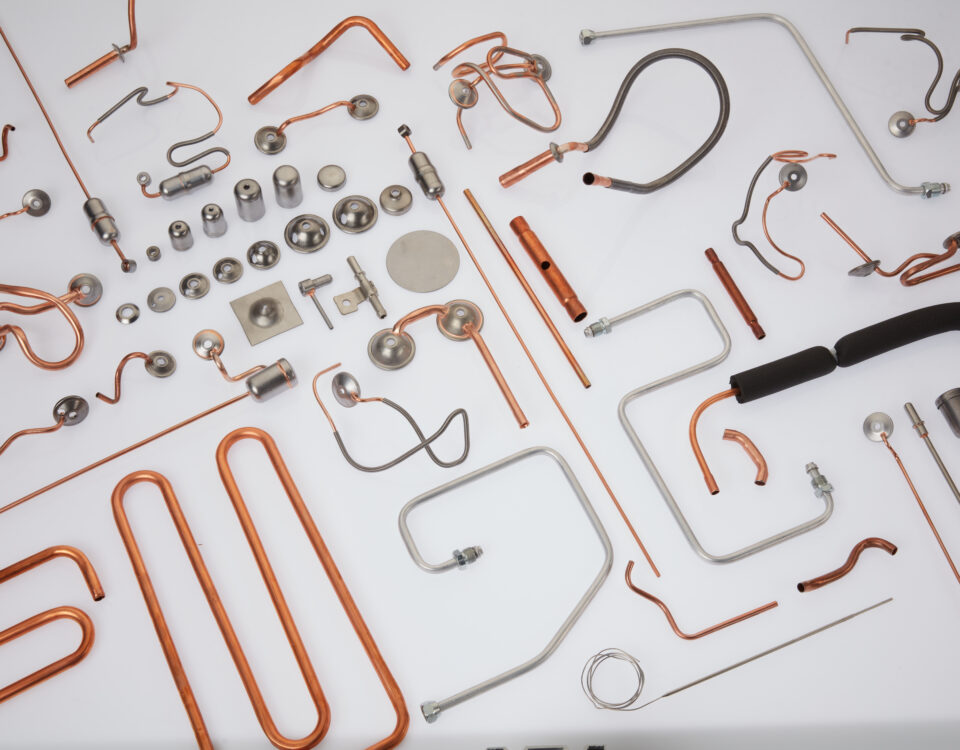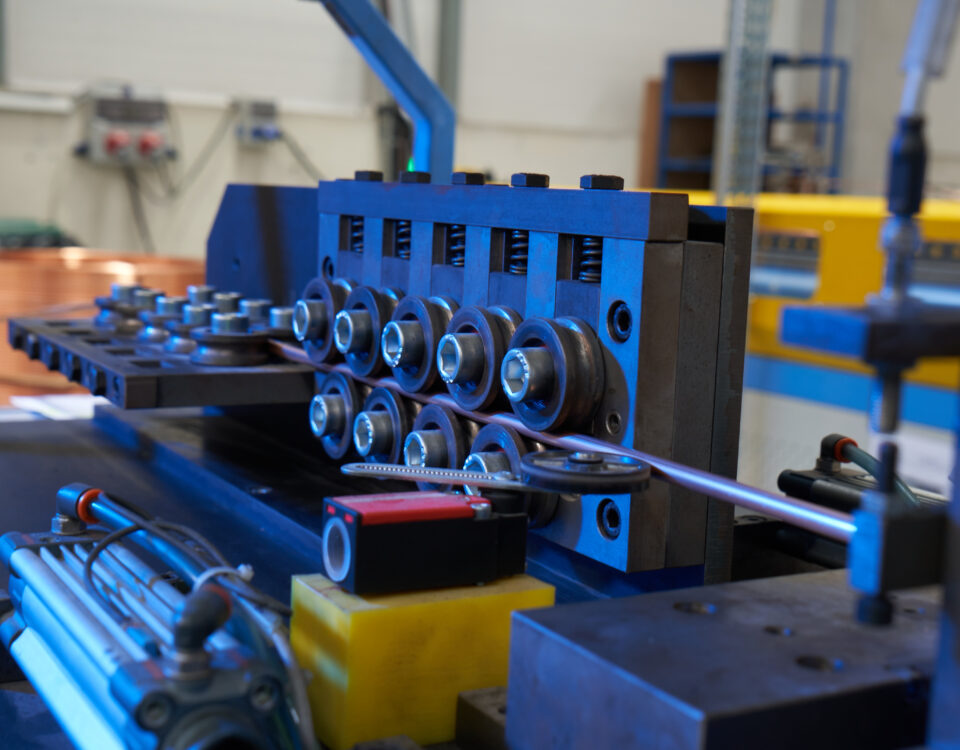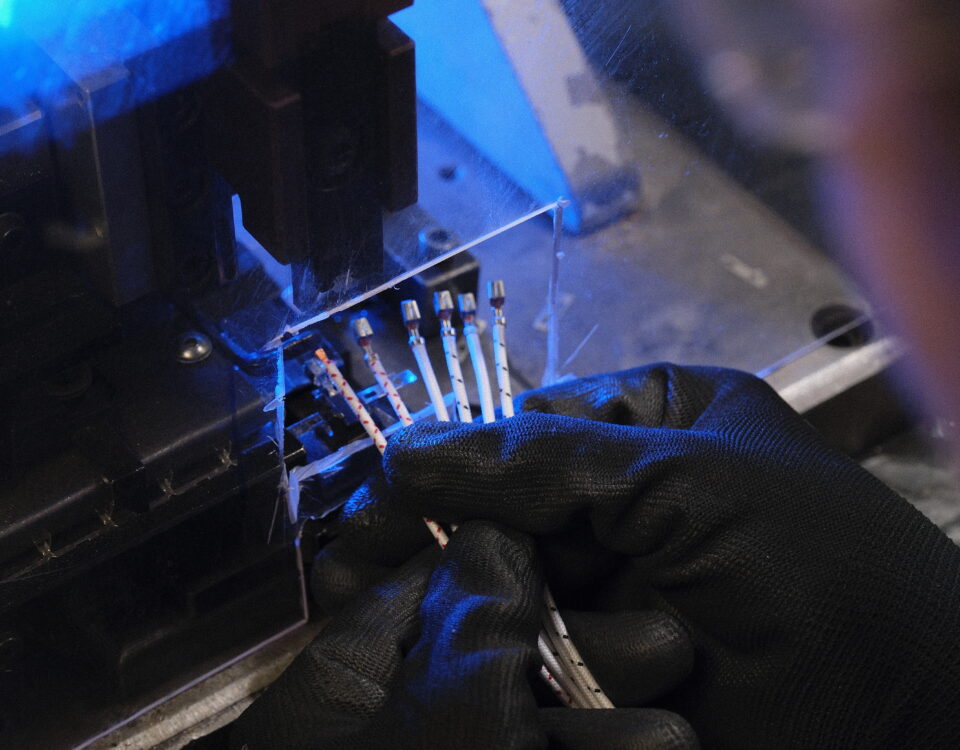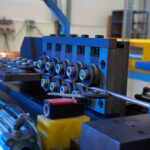
Automotive Metalworking
September 27, 2024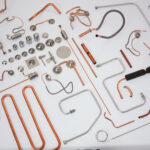
What to Consider When Choosing White Goods Parts?
October 18, 2024Brazing Techniques
Brazing Techniques: An Expert Guide for Durable Joints
Brazing is a crucial technique used for permanently joining metal parts. Commonly preferred in the electronics, automotive, aerospace, and engineering industries, brazing stands out for its ability to create strong and reliable joints. In this guide, we will thoroughly explore brazing techniques, processes, and applications.
What is Brazing?
Brazing is defined as the process of joining metals at a specific temperature (usually above 450°C). In this process, the brazing alloy is melted, allowing two metal pieces to bond together. The filler material typically consists of high-melting alloys such as silver, copper, or gold. This technique is indispensable for engineers and technicians seeking durable and long-lasting joints.
Advantages of Brazing
Brazing offers many advantages:
- High Durability: Brazing creates strong joints capable of withstanding harsh conditions, which is critical in automotive and aerospace applications.
- Good Electrical Conductivity: In electrical and electronic applications, brazed joints offer high conductivity, improving energy efficiency.
- Low-Temperature Application: In some cases, brazing can be performed at relatively low temperatures, making it advantageous for components sensitive to heat.
Material Selection
Materials used for brazing must be carefully selected based on the requirements of the application. The following materials are most commonly used:
- Silver Alloys: Preferred for their high durability and conductivity, silver can withstand high temperatures and resist corrosion.
- Copper Alloys: Offer low cost and good electrical conductivity, though they are less resistant to corrosion.
- Gold Alloys: Used in specialized applications due to their excellent conductivity and corrosion resistance, though they are more expensive.
Brazing Techniques
The main techniques used in the brazing process include:
- Furnace Brazing: The process of heating parts in a furnace to a specific temperature to melt the filler metal. It is suitable for large components and offers high efficiency.
- Torch Brazing: This technique involves using a flame source (such as a gas torch) to manually perform the brazing process, typically for smaller parts.
- Soldering Iron Brazing: A common method for joining small parts, where the heat from the soldering iron melts the brazing alloy. It is frequently used in electronic component assembly.
- Press Brazing: In this method, filler material is placed between parts and then heated. It is commonly used in automated assembly lines.
Process Steps
The fundamental steps of the brazing process are as follows:
- Preparation: The surfaces to be joined must be cleaned to remove rust, oil, and other contaminants, ensuring a strong joint.
- Assembly: Parts must be properly positioned, which is crucial for accurate brazing.
- Heating: The heating process should be done at the appropriate temperature, depending on the materials used.
- Brazing: The filler metal is applied to the joint area, ensuring it flows smoothly between the parts.
- Cooling: The joint is typically cooled naturally, but in some cases, controlled cooling may be required.
Safety Measures
Taking safety precautions is essential during brazing:
- Use of Proper Personal Protective Equipment (PPE): Gloves, goggles, and masks should be worn.
- Ensuring Proper Ventilation: Adequate ventilation is necessary to protect against harmful fumes and gases generated during brazing.
- Fire Safety Precautions: Brazing involves flames, so fire safety measures should be followed.
Applications of Brazing
Brazing is widely applied across various industries:
- Electronics Industry: It is commonly used for assembling electronic circuits, particularly in PCB (Printed Circuit Board) assembly.
- Automotive Industry: Brazing techniques are used to create durable joints in vehicle components, offering an ideal solution for engine parts and electrical connections.
- Aerospace Industry: Brazing is employed in applications where high durability and reliability are essential, such as in aircraft and spacecraft components.
- Machinery and Equipment Manufacturing: It enhances the durability of machinery and equipment by joining different metal parts.
Conclusion
Brazing is an effective method for creating durable and reliable joints. By using the correct techniques and materials, high-quality joints can be achieved. Learning brazing methods and processes is a valuable skill across many industries.
With this guide, you can enhance the quality of your joints and achieve successful results in your projects. Remember that proper material selection, application techniques, and safety precautions are key factors that determine the success of brazing. By following these tips, you can implement high-quality brazing practices for durable joints.


